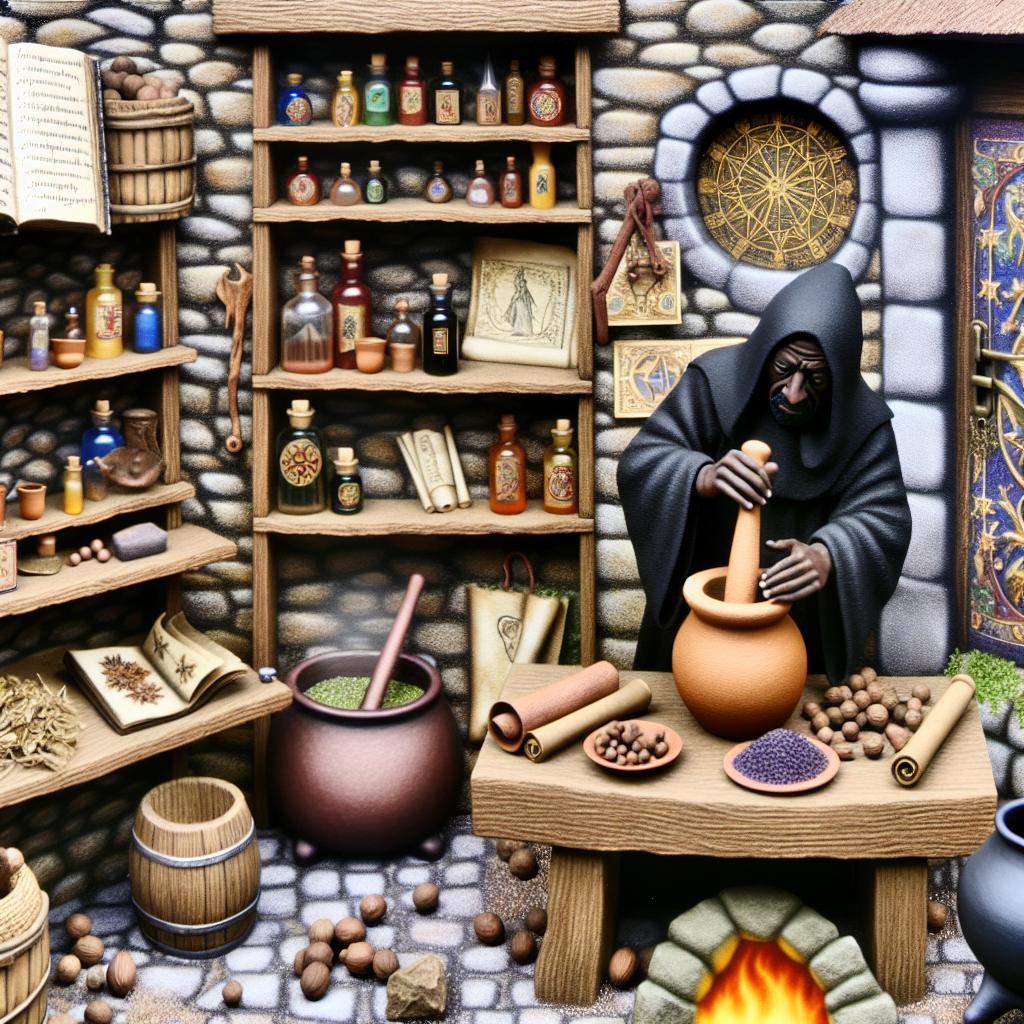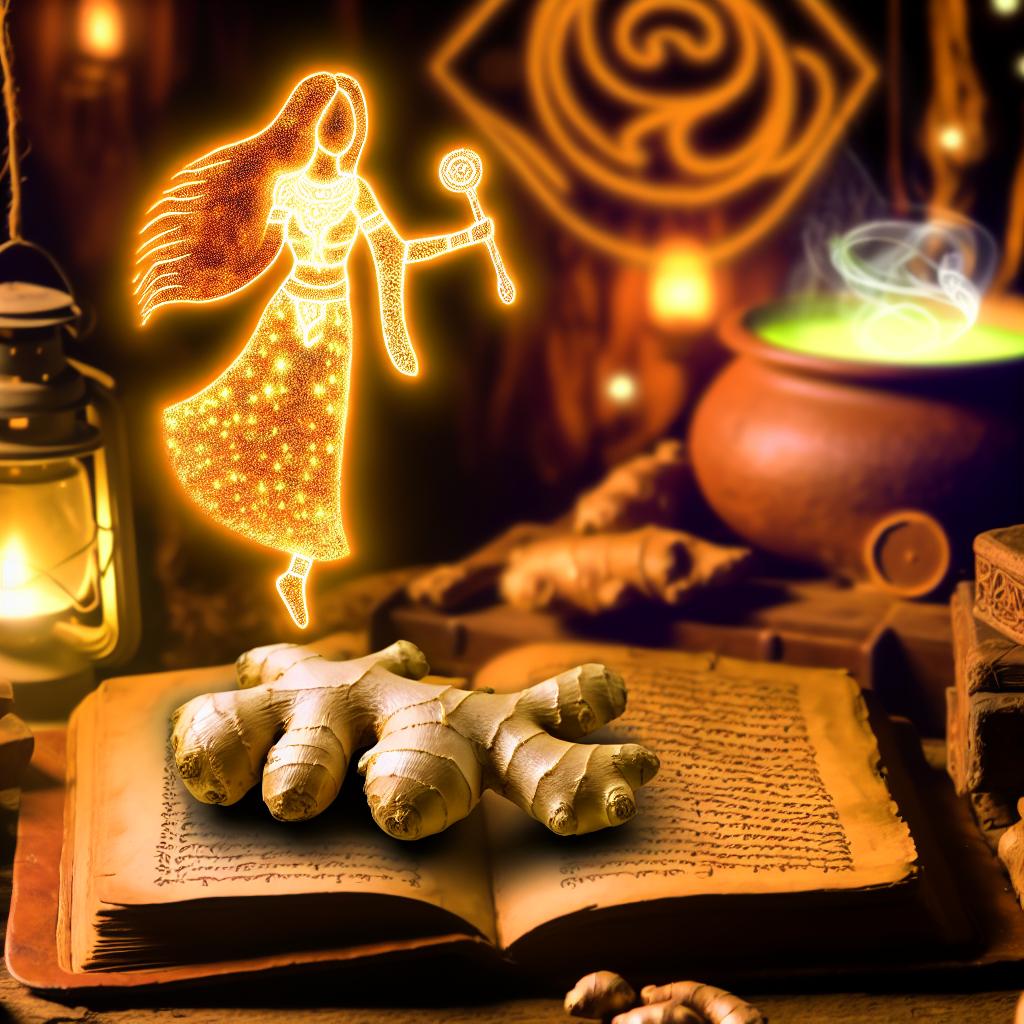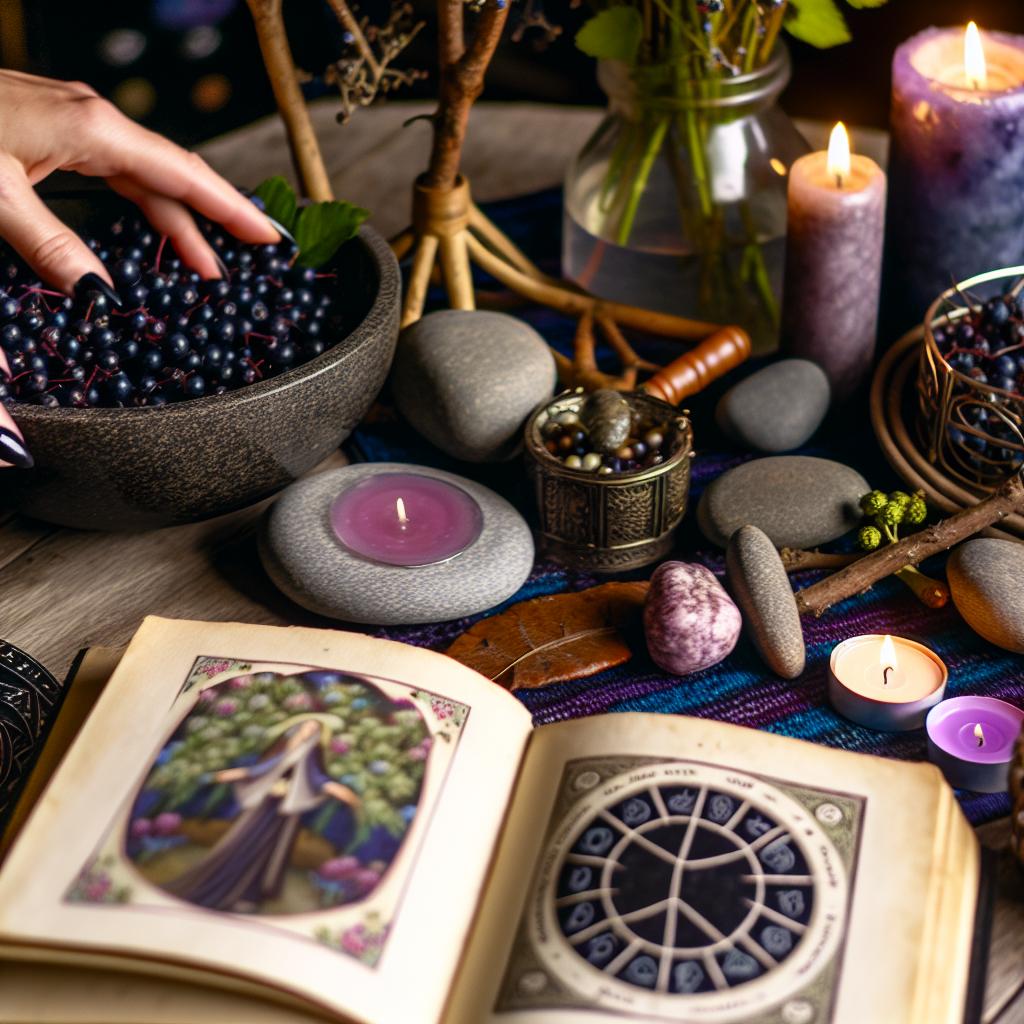The Role of Aloe Vera in African Spirituality
Aloe vera, widely recognized as a succulent plant with noteworthy medicinal attributes, has also found its way into various cultural practices around the world. Within African spirituality, aloe vera holds an esteemed position due to its symbolic and practical applications. This article delves into the multifaceted role of aloe vera in African spiritual traditions, showcasing how it bridges the gap between the physical and spiritual realms.
Historical Context of Aloe Vera in Africa
The roots of aloe vera’s significance in Africa date back centuries. Initially native to North Africa, this resilient plant has been a crucial component of numerous spiritual and medicinal practices. African societies often revere nature, perceiving natural elements like plants as repositories of spiritual significance and potential sources of healing powers. Aloe vera, with its ability to thrive under challenging conditions, naturally fits into this worldview, symbolizing both strength and endurance.
Symbolic Significance of Aloe Vera
Within various African cultures, aloe vera is more than just a plant; it is considered a powerful symbol of protection, healing, and prosperity. Many believe that it possesses a unique spiritual energy capable of warding off negative influences while attracting positivity. The plant’s robustness, which allows it to flourish in harsh environments, is a metaphorical representation of resilience, thus making it a significant symbol in numerous spiritual rituals across the continent.
Protection and Cleansing Rituals
Protection and cleansing form a significant part of many spiritual traditions, and aloe vera plays a pivotal role in these practices. The leaves of the plant may be burned or used to create purifying washes intended for cleansing the home or the individual. These rituals reflect a deeply held belief that aloe vera contributes to maintaining spiritual purity and safeguarding individuals from harm. The burning of aloe vera leaves is often accompanied by prayers or chants, intended to enhance the protective qualities of the ritual.
Prosperity and Good Fortune
Many African spiritual traditions associate aloe vera with the attraction of good fortune and prosperity. It is common to see aloe vera strategically placed at the doorways of homes or businesses, symbolically inviting wealth and success. This practice is deeply rooted in the belief that the plant emanates a vibrant life force and an indomitable spirit that can inspire growth and abundance, even in the most unfavorable conditions.
Medicinal and Healing Uses
In addition to its symbolic uses, aloe vera is widely celebrated throughout Africa for its medicinal properties. Traditional healers incorporate aloe vera into their practices, capitalizing on its renowned capabilities for healing and relief. The gel extracted from its leaves is commonly applied to burns, wounds, and other skin ailments, offering a natural remedy revered for its soothing effects. Moreover, aloe vera is sometimes ingested for its purported benefits on digestive health. This integration of healing practices with spiritual beliefs underscores aloe vera’s role as a sacred plant in African culture.
Connection to Ancestral Spirits
Aloe vera holds a significant place in the context of ancestral veneration. In numerous African spiritual systems, the plant functions as a medium to connect with ancestors. It might be used in offerings or placed on altars dedicated to revered spirits of the past. This practice embodies the belief that the healing properties of aloe vera transcend the physical plane, acting as a conduit for communication with the spiritual world. Altars adorned with aloe vera and other sacred items serve as focal points for rituals aimed at honoring ancestors and seeking their guidance or intervention.
Conclusion
The enduring presence of aloe vera in African spirituality underscores its dual function as both a practical medicinal tool and a profound symbol of protection, healing, and prosperity. Its integration into spiritual traditions reveals the deep cultural significance that the plant holds. Exploring aloe vera’s role in these contexts offers a glimpse into the broader relationship between nature and spirituality across Africa.
For those interested in a deeper understanding of aloe vera’s cultural and spiritual uses, further resources can be found in ethnobotanical studies and cultural anthropology research that focus on African traditions. These studies provide valuable insights into how plants like aloe vera are woven into the fabric of spiritual practice and belief, affirming the intrinsic connection between nature and culture.
By examining the role of aloe vera within African spirituality, one gains an appreciation for the multifaceted ways in which plants can influence and shape cultural practices, serving as both physical remedies and spiritual symbols. The integration of natural elements into spiritual life not only reflects a reverence for nature but also highlights the holistic approach to health and wellbeing that is central to many African traditions. Aloe vera, with its rich history and diverse applications, stands as a testament to the profound interplay between the natural world and the spiritual life of a people deeply connected to their environment.



